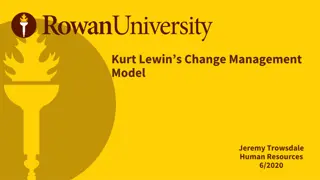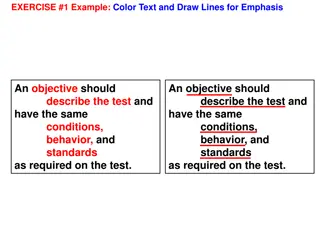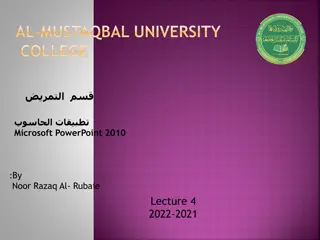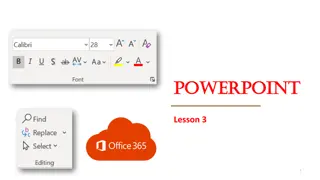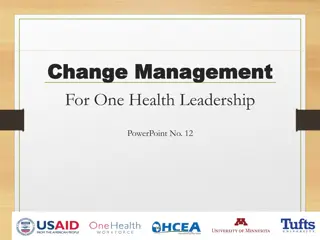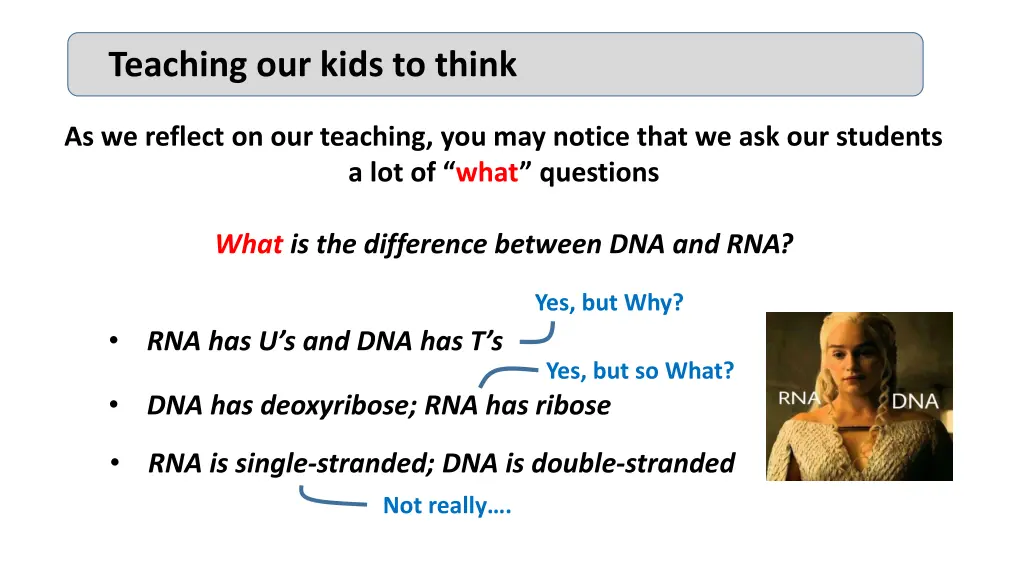
Teaching Kids the Why: Understanding DNA, RNA, and More
Explore the intriguing differences between DNA and RNA, dive into the reasons behind T replacing U, discover why RNA is single-stranded, and unravel the special powers of RNA's 2'OH group. Let's shift from teaching the what to teaching the why for a deeper understanding of biological concepts.
Download Presentation

Please find below an Image/Link to download the presentation.
The content on the website is provided AS IS for your information and personal use only. It may not be sold, licensed, or shared on other websites without obtaining consent from the author. If you encounter any issues during the download, it is possible that the publisher has removed the file from their server.
You are allowed to download the files provided on this website for personal or commercial use, subject to the condition that they are used lawfully. All files are the property of their respective owners.
The content on the website is provided AS IS for your information and personal use only. It may not be sold, licensed, or shared on other websites without obtaining consent from the author.
E N D
Presentation Transcript
Teaching our kids to think As we reflect on our teaching, you may notice that we ask our students a lot of what questions What is the difference between DNA and RNA? Yes, but Why? RNA has U s and DNA has T s Yes, but so What? DNA has deoxyribose; RNA has ribose RNA is single-stranded; DNA is double-stranded Not really .
STOP Teaching the What START Teaching the Why
WHY did T replace U in DNA? spontaneous oxidative deamination of C if we had not switched AGUCGAAGUCAACCGAGGCUGCGCUAC UCAGCUUCAGUUGGCUCCGACGCGAUG xU AGUCGAAGU AACCGAGGCUGCGCUAC UCAGCUUCA UUGGCUCCGACGCGAUG G A DNA repair system can remove U from DNA. But, how can we distinguish between a deaminated C and a normal U? ANSWER: We can t.
WHY did T replace U in DNA? spontaneous oxidative deamination of C but after we switched AGTCGAAGTCAACCGAGGCTGCGCTAC TCAGCTTCAGTTGGCTCCGACGCGATG xU AGTCGAAGT AACCGAGGCTGCGCTAC TCAGCTTCA TTGGCTCCGACGCGATG G Uracil glycosidase constantly scans our DNA looking for U s. Any U is a bad U and should be repaired.
Why is RNA single-stranded? .but wait, RNA is not single-stranded
O O O O
The 2 OH group gives RNA special powers. it can form hydrogen bonds, and fold into complex 3D shapes


